[Jean McClelland is teaching a free workshop for ACAT members—"The Flow of Voice, Breath and Body"—on Monday, January 26th, from 7:00pm to 9:00pm. To confirm your space in the class, email the ACAT office.]
Q. How long have you been teaching?
A. I was certified by AmSAT and ACAT in 1991, although I have been teaching singing since the late 1970s.
Q. How were you first introduced to the AT?
A. I was introduced to the Technique through a friend of mine at the Longy School of Music in Cambridge, where I went in 1972 (after college) to study with the extraordinary singer, artist, and teacher, Olga Averino. My friend Susan had been studying voice since high school but had developed enormous vocal tensions. Susan's teacher at Longy (not Olga) had lived for some years in South Africa and was acquainted with the Technique and felt that Susan would benefit from lessons. There were very few AT teachers in the area at the time, but Susan started lessons with Joe Armstrong. Susan would share with me her experiences in her lessons, and she encouraged me to study with Joe by saying that she thought I would like the AT because it was "very intellectual!" Without knowing a whit about what the Technique was about, I went off for Alexander lessons. Everything in my life changed. I remember so clearly my first lesson, looking at Joe and thinking that he was standing in a very odd fashion. He clearly had a "torso back and up off the legs,"which is what we see in great athletes and musicians, but it was foreign to my eyes and foreign to my body. It was however exactly what Olga meant when she said that a singer must, "stand like a baseball player." At that time, I had little understanding of how to use my body. Indeed, the comment after my first jury in conservatory was, "Musically very intelligent but needs to develop the physical requirements necessary for solo singing."
Q. What made you decide to become a teacher of this work?
A. About six months after I started lessons with Joe Armstrong, my posture changed quite significantly, and about a year after that, I had an experience that was quite revelatory. I was in conversation with someone, and for the first time in my life, I was totally present and spontaneous. I think that experience made me understand the profound nature of the Alexander Technique, even though I was light years away from understanding it. Those early years of study were so transformative to every aspect of my life that it seemed natural to want to share this work with others. I have always loved teaching, and once I started doing more and more voice teaching, it became apparent to me that including Alexander as part of voice study would be ideal. In the late 80s, I began to shift my performing away from musical theater to more concert work, and it became easier for me to commit to the three-year training. I entered ACAT in the spring of 1988.
Q. What most excites you about your upcoming workshop at ACAT?
A. The art of using one's voice in singing and acting can often seem quite mysterious. In her autobiography, "The Inner Voice: the Making of a Singer," the opera singer Renée Fleming asks: "How can I describe a process to you that is mostly unconscious?" And Olga Averino in her book, "Art and Principles of Singing," writes that "the process of good singing is a process of physical and psychological coordination. Physical coordination depends on the alignment of the singer's instrument. In itself, it produces no sound, but it creates the conditions which allow the imagination to produce the sound." As Alexander teachers we guide our singing and acting students to an improved use of their bodies and their coordination, but we must also be able to help them free their imaginations and encourage them to have a curious and improvisational mind. Only then will they truly sing or act freely and expressively.
My main goal for this workshop is for participants to explore how to use their imaginations to stimulate breath and voice, and to understand and how to creatively work with many of the vocal concepts that abound in voice lessons, such as: vocal support; open throat; breath movement; diaphragmatic breathing; grounding; embodied voice, intention, etc.
Q. What is your favorite way to engage with the AT in your daily life right now?
A. It's simply a way of being present in the world, isn't it?
[author] [author_info]JEAN MCCLELLAND received her B.A. from Vassar College, did graduate study at Boston University in opera, and has studied extensively at the Carl Stough Institute, Psychosynthesis Institute of New York, and the Michael Chekhov Studio. As a performer she has appeared in the Broadway production of "Camelot" and has played leading roles in numerous musicals and operas. Jean also performs in concert with her husband, Bill McCelland. Jean is on the faculty of the New York Open Center and has given workshops at New York University, Vassar College, Rutgers University, William Paterson University, Stevens Institute and the Rowe Conference Center. www.jeanmcclellandvoice.com [/author_info] [/author]



 by Barbara Curialle
Having spent Thanksgiving week coping with a case of bronchitis, I’ve come away with a few suggestions on dealing with the most irritating (in every sense) part of the problem—the coughing.
by Barbara Curialle
Having spent Thanksgiving week coping with a case of bronchitis, I’ve come away with a few suggestions on dealing with the most irritating (in every sense) part of the problem—the coughing. by Brooke Lieb
When people hear that I teach Alexander Technique, they often comment "Oh, that's about standing up straight", or say something apologetic or sarcastic. Then they inevitably pull themselves up into their version of "Good Posture".
by Brooke Lieb
When people hear that I teach Alexander Technique, they often comment "Oh, that's about standing up straight", or say something apologetic or sarcastic. Then they inevitably pull themselves up into their version of "Good Posture". by Witold Fitz-Simon
The internet has
by Witold Fitz-Simon
The internet has 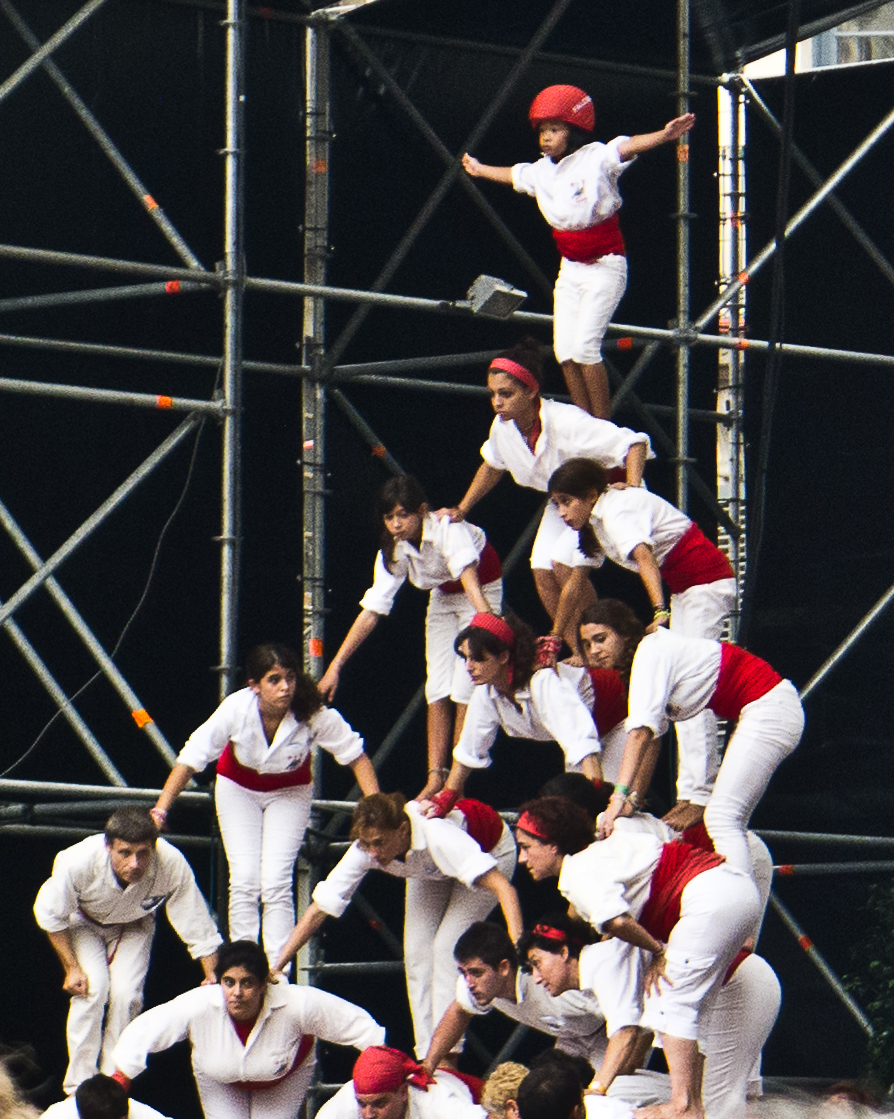 by Karen Krueger
by Karen Krueger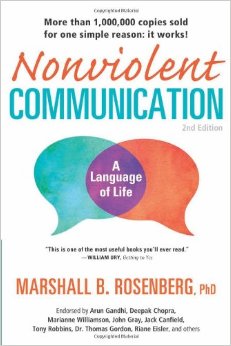 by Tim Tucker
Note: The ACAT Faculty began working with NVC to meet our need for effective and empathic ways of communicating with our teachers-in-training. Alexander's work asks us to address our use on every level. Many of us found NVC supported that desire in the areas of perceiving, listening and speaking in ways that inhibited end-gaining and allowed us to support ourselves and our students in accessing a non-defensive and thoughtful internal state in which to learn how to teach the Alexander Technique. We added the book to our required reading so our teachers-in-training were introduced to NVC while on the course. All of our students are asked to write a response paper to a number of texts, including NVC, as part of their certification requirements. The following is Tim Tucker's response paper. —Brooke Lieb, Director, Teacher Certification Program
by Tim Tucker
Note: The ACAT Faculty began working with NVC to meet our need for effective and empathic ways of communicating with our teachers-in-training. Alexander's work asks us to address our use on every level. Many of us found NVC supported that desire in the areas of perceiving, listening and speaking in ways that inhibited end-gaining and allowed us to support ourselves and our students in accessing a non-defensive and thoughtful internal state in which to learn how to teach the Alexander Technique. We added the book to our required reading so our teachers-in-training were introduced to NVC while on the course. All of our students are asked to write a response paper to a number of texts, including NVC, as part of their certification requirements. The following is Tim Tucker's response paper. —Brooke Lieb, Director, Teacher Certification Program
 by Brooke Lieb
[*Please note, I am fully healed and my love of dogs is fully intact!]
by Brooke Lieb
[*Please note, I am fully healed and my love of dogs is fully intact!]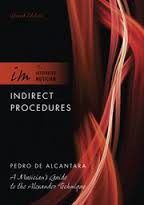
 by Karen Krueger
Teaching the Alexander Technique can be lonely. After the structure and camaraderie of training, it can be daunting when we suddenly find ourselves having to create our own schedules, our own ways of self-care, continued learning and practice development.
by Karen Krueger
Teaching the Alexander Technique can be lonely. After the structure and camaraderie of training, it can be daunting when we suddenly find ourselves having to create our own schedules, our own ways of self-care, continued learning and practice development.
 by Witold Fitz-Simon
In a
by Witold Fitz-Simon
In a  by Witold Fitz-Simon
On the face of it, Yoga and the Alexander Technique would seem to be two completely different disciplines. Comparing them would be like comparing a dog with an iPad. Although they originated in very different times from very different cultural traditions, and would appear to have emerged out of very different intentions, thematically, they do have a lot in common. In a lecture given in 1985,
by Witold Fitz-Simon
On the face of it, Yoga and the Alexander Technique would seem to be two completely different disciplines. Comparing them would be like comparing a dog with an iPad. Although they originated in very different times from very different cultural traditions, and would appear to have emerged out of very different intentions, thematically, they do have a lot in common. In a lecture given in 1985, 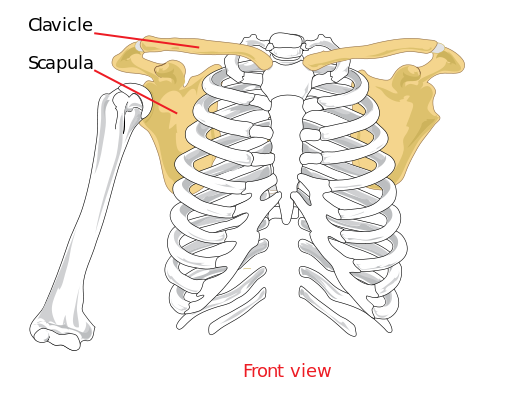 by John Austin
Finding neutral for the shoulders is one of the most challenging things one can do in terms of the use of the self in my experience. Add a complex activity that requires a certain level of ease in the shoulder girdle on top and you’ve got a recipe for paradox and frustration.
by John Austin
Finding neutral for the shoulders is one of the most challenging things one can do in terms of the use of the self in my experience. Add a complex activity that requires a certain level of ease in the shoulder girdle on top and you’ve got a recipe for paradox and frustration.
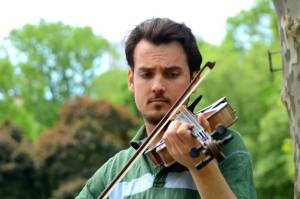 Along the way to becoming a “serious” violist, I was told to keep my shoulders relaxed. So I went about figuring out how to do that. I am meticulous in the practice room and before long I had discovered that I could relax my left shoulder while playing although my right didn’t really follow suit. The static nature of the left shoulder in violin & viola playing allows for a certain amount of relaxation (release of all/most muscle tone) while the larger more dynamic movements of the bow require the arm muscles which originate in the back to be active for movement to occur. The left shoulder can relax even more if you use a shoulder rest as you then virtually never have to move your shoulder.
Along the way to becoming a “serious” violist, I was told to keep my shoulders relaxed. So I went about figuring out how to do that. I am meticulous in the practice room and before long I had discovered that I could relax my left shoulder while playing although my right didn’t really follow suit. The static nature of the left shoulder in violin & viola playing allows for a certain amount of relaxation (release of all/most muscle tone) while the larger more dynamic movements of the bow require the arm muscles which originate in the back to be active for movement to occur. The left shoulder can relax even more if you use a shoulder rest as you then virtually never have to move your shoulder.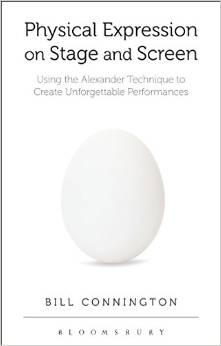
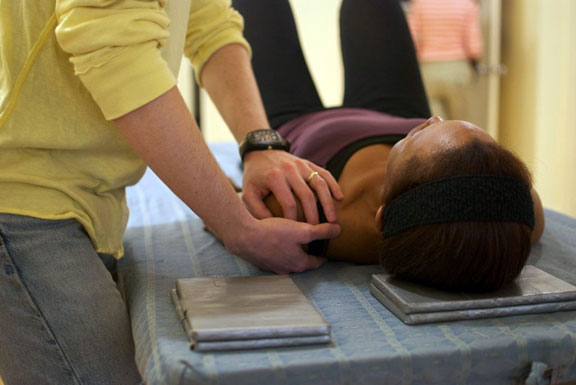
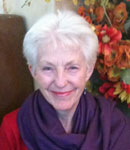 by Judy Stern
by Judy Stern
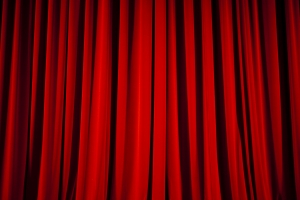 by Brooke Lieb
This summer, I decided to check some items off my bucket list while I am healthy, happy and had time. I spent Tuesday afternoons in "Acting for the Camera" in the afternoons, and in a Stand Up Comedy class in the evenings. Although I have a Bachelor's Degree in Musical Theater Performance, I haven't worked on a text or studied acting technique in over 25 years. I have never done Stand Up. The first point at which my AT skills kicked in was the act of registering. I tend to think inhibition is about overtly stopping from impulsive and habitual behavior. In this case, inhibition helped me override the habit of keeping in my comfort zone, to do something new, different and unknown.
by Brooke Lieb
This summer, I decided to check some items off my bucket list while I am healthy, happy and had time. I spent Tuesday afternoons in "Acting for the Camera" in the afternoons, and in a Stand Up Comedy class in the evenings. Although I have a Bachelor's Degree in Musical Theater Performance, I haven't worked on a text or studied acting technique in over 25 years. I have never done Stand Up. The first point at which my AT skills kicked in was the act of registering. I tend to think inhibition is about overtly stopping from impulsive and habitual behavior. In this case, inhibition helped me override the habit of keeping in my comfort zone, to do something new, different and unknown.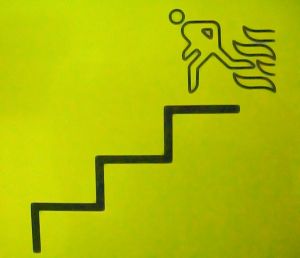 by Dan Cayer
In 7 memorable months, my family was visited by 2 of New York City’s dreaded housing plagues: lead paint and bedbugs. If you count hardhearted, greedy landlords, then we had that plague, too. Twice, we packed up all our stuff, tried to keep normalcy for Ruby, and twice we were disappointed (crushed, really) to find out that we could not live safely in the apartments we had moved into.
by Dan Cayer
In 7 memorable months, my family was visited by 2 of New York City’s dreaded housing plagues: lead paint and bedbugs. If you count hardhearted, greedy landlords, then we had that plague, too. Twice, we packed up all our stuff, tried to keep normalcy for Ruby, and twice we were disappointed (crushed, really) to find out that we could not live safely in the apartments we had moved into.